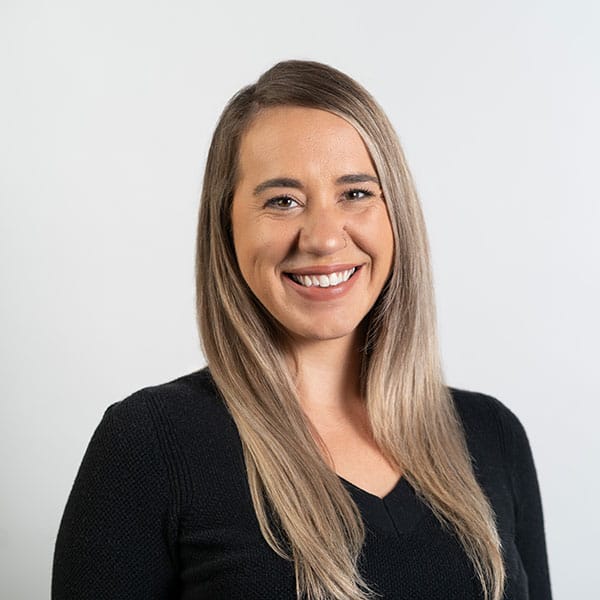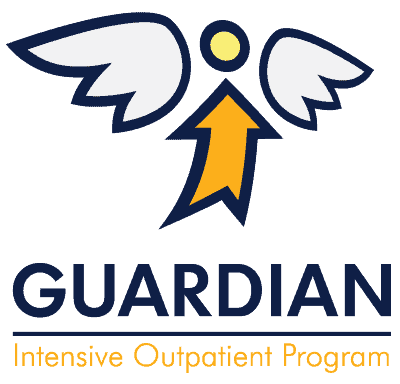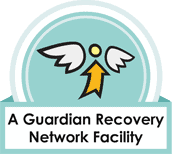The American opioid epidemic began with over-prescribing powerful painkillers to patients, regardless of it being warranted. If a patient complains of pain to a physician, either acute or chronic, there is great chance that they will receive prescription opioids. It is a trend that has being going on for nearly two decades. While some doctors have reduced the amount they prescribe, by and large it remains just as easy to acquire this deadly class of narcotics.
It isn’t as if doctors are unaware of the dangers. They see that people across the country are dying in record numbers. Yet, many physicians are resistant to change and are seemingly unwilling to investigate alternatives before turning to drugs like OxyContin. If the number of new addicts is going to be reduced, prescription opioids can no longer be the first option. What’s more, if it is decided that the drugs can’t be avoided, then it is paramount that they be prescribed in low doses with limited refills.
Every American would be wise to ask their doctor if there are other options to treating their pain. It is possible that prescribing drugs, such as hydrocodone, is almost a reflex for some doctors. Despite the risks, they have proven to be effective in mitigating symptoms of pain. By asking your doctor about the alternatives available, it lets he or she know that you would like to avoid opioids, if you can. Both patients and physicians can work together to exhaust other options, before resorting to opioids.
Prescription Opioids Fueling The Opioid Epidemic
Thousands of people are dying each year from an overdose, more than half of which being linked to prescription opioids. A change should be in order. Unfortunately, while it has become a tad more difficult to acquire prescription opioids, things are about status quo. In fact, upwards of one in five people Blue Cross and Blue Shield (BCBS) insures were prescribed an opioid painkiller in 2015, according to a report from the insurance giant. When you consider that that statistic comes from an analysis of 30 million people covered by BCBS, it is staggering. And that is just one insurance company. Other key findings include:
-
- Patients who fill high-dosage opioid prescriptions have much higher rates of opioid use disorder than patients who fill low-dose prescriptions across both short and long duration regimens.
- Women age 45 and older have higher rates of opioid use disorder than men. Males younger than 45 have higher rates of opioid use disorder than females. Females fill more opioid prescriptions than males across all age groups.
- Long-duration prescription opioid use and opioid use disorder align geographically, with the highest rates in the South and the Appalachian Region.
“Twenty-one percent of Blue Cross and Blue Shield (BCBS) commercially-insured members filled at least one opioid prescription in 2015,” reads the report. “Data also show BCBS members with an opioid use disorder diagnosis spiked 493 percent over a seven year period.”
The Need For Addiction Treatment
The findings of BCBS highlight the need for increasing access to addiction treatment services in America. Additionally, doctors need to screen patients regularly for opioid use disorder to better assist them in getting the treatment they require. The longer a patient goes without help, the greater the risk of an overdose. This new report adds to the ever-increasing body of evidence which supports the need for a paradigm shift in how pain is treated in America. Excluding cancer and end-of-life care patients, the average person in need of medical assistance should think long, and hard before filling an opioid ‘script.
If you, or a loved one is struggling with an opioid use disorder. Please contact Guardian IOP today. We can assist in breaking the pernicious cycle of addiction, and teach you the skills for working a program of recovery.

Reviewed for accuracy by:
Anna Marie Barrett LCSW, CYT
Anna earned her Masters of Social Work at Barry University in Miami, FL in 2017 and completed her internship in co-occurring disorders. Anna has a Bachelors of Art in Religious Studies from Naropa University and is a certified yoga and meditation instructor. Anna has received specialized training in somatic counseling with an emphasis on body-centered psychotherapy.




















